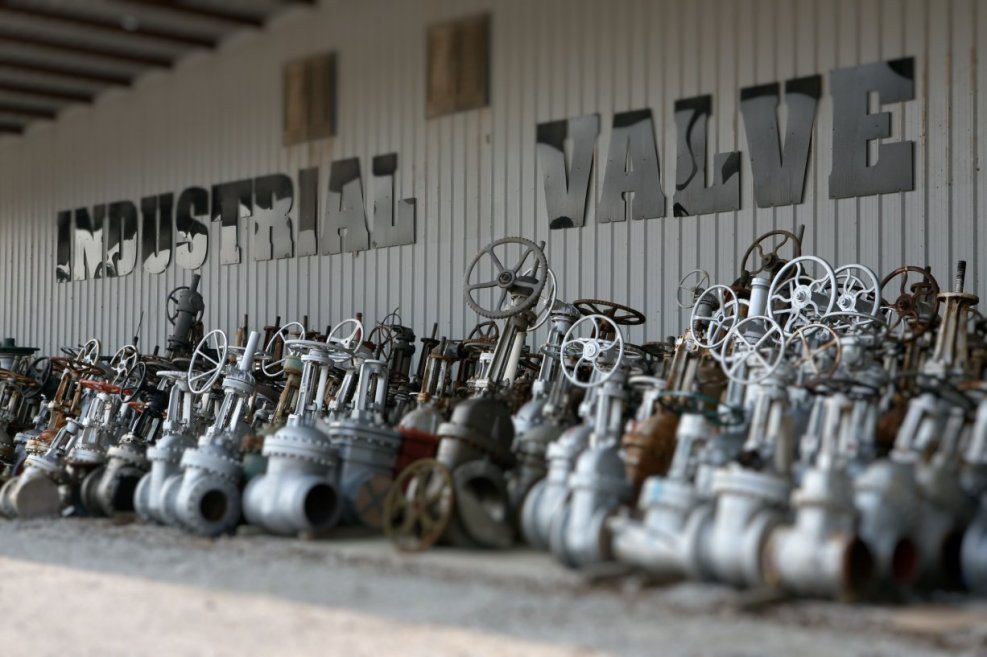

Types of Industrial Valves:
Shut-off valves
Shut-off valves are to be either fully open or fully closed. These valves in the piping system to make the components in a pipe line accessible for maintenance to direct the flow of another road or for similar purposes.
Check valves
Check valves are installed in piping systems to prevent backflow of liquid and come in several different designs.
Normally, select the check valve with the lowest pressure loss. In some cases, quick-closing valves are burdened giving greater pressure drop
Control Valves
Control valves shall, by varying the flow restrictor regulate the flow in the pipe system. The valve can only regulate the flow through the "braking", ie by causing more or less pressure losses in the system.
The valve's ability to control ceases when the pressure drop across the valve approaches the pressure drop when fully open valve. A control valve is dependent on the interaction between the pump, piping and other control equipment
Pressure-reducing valves
Reducing valves shall reduce a primary pressure to a defined secondary pressure, regardless of variations in the primary pressure.
Safety valves
Safety valves protect pressurized systems from being exposed to a higher pressure than the design pressure. The design is usually a spring-loaded poppet valve which, on one of the pre-set pressure, opens and releases so much that the pressure is no longer rising.
Pressure relief valves
Pressure relief valves are proportional relief valves that are mainly used to secure pump from working toward closed valves. Pressure relief valves fitted on the “by-pass lines” and ensure recycling of flow.
Diverter valves
Diverter valves redistribute flows. The valves are available in the form of shuttle valves, multi-way plug, and ball valves. Most common form is the three-way ball valves and Plug valves with L-kik (L-drilled ball). Upon selection of T-kik (T-drilled ball) have mounting position into account
Solenoid Valves
A solenoid valve having a coil (electromagnet) forming a magnetic field when a voltage is applied to the coil. The magnetic field creates the force necessary for a valve armature which closes or opens the valve. The valve member, whereby the medium flows, separated from the magnet system of a membrane.
Solenoid valves are usually divided in direct operated, servo-controlled and force-controlled valves.
Material
The valve material is chosen for corrosion properties but also pressure and temperature combination must be considered.



